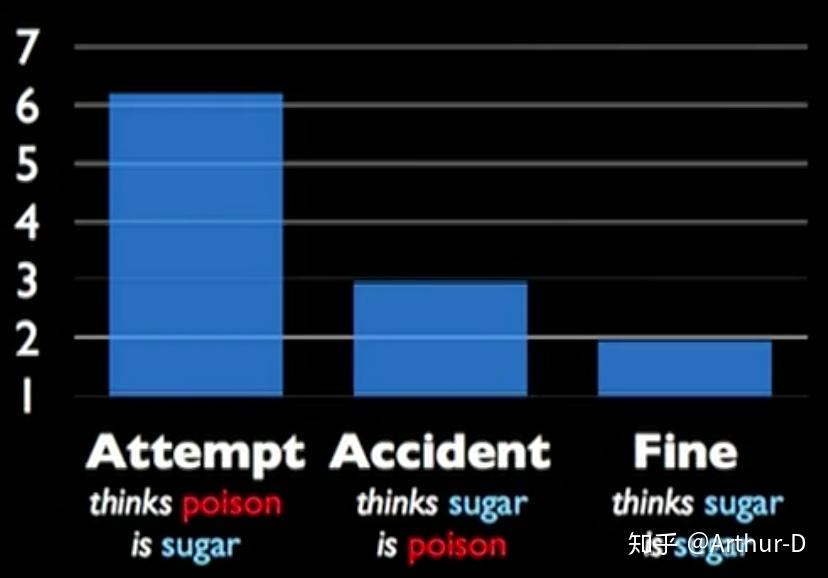Understanding the Differences: Unsecured Personal Loan vs Secured Personal Loan
#### Unsecured Personal Loan vs Secured Personal LoanWhen it comes to borrowing money, understanding the differences between an unsecured personal loan and……
#### Unsecured Personal Loan vs Secured Personal Loan
When it comes to borrowing money, understanding the differences between an unsecured personal loan and a secured personal loan is crucial for making informed financial decisions. Both types of loans serve different purposes and come with their own set of advantages and disadvantages. This article aims to delve into these differences to help you choose the best option for your financial needs.
#### What is an Unsecured Personal Loan?
An unsecured personal loan is a type of loan that does not require the borrower to provide any collateral. This means that the lender does not have any claim to your assets if you fail to repay the loan. Because of this lack of collateral, unsecured loans typically come with higher interest rates compared to secured loans. Lenders assess the borrower's creditworthiness, income, and financial history to determine eligibility and loan terms.
Unsecured personal loans are often used for various purposes, such as consolidating debt, financing a major purchase, or covering unexpected expenses. They are appealing to borrowers who do not want to risk losing their assets, but the higher interest rates can be a drawback for some.

#### What is a Secured Personal Loan?
In contrast, a secured personal loan requires the borrower to provide collateral, which can be any valuable asset such as a car, home, or savings account. Because the lender has a claim to the collateral in case of default, secured loans generally come with lower interest rates and more favorable terms. This makes them an attractive option for borrowers who are willing to put their assets at risk in exchange for better loan conditions.
Secured personal loans are often used for larger expenses, such as home improvements, major purchases, or even education costs. However, the risk involved means that if the borrower is unable to repay the loan, they could lose their collateral.
#### Key Differences Between Unsecured and Secured Personal Loans

1. **Collateral Requirement**: The most significant difference is the requirement for collateral. Unsecured loans do not require any, while secured loans do.
2. **Interest Rates**: Unsecured loans typically have higher interest rates due to the lack of collateral, whereas secured loans usually offer lower rates, making them more affordable over time.
3. **Loan Amounts**: Lenders may offer larger loan amounts for secured loans since they have collateral to back the loan, while unsecured loans may have stricter limits based on creditworthiness.
4. **Risk Factors**: Unsecured loans pose less risk to the borrower's assets, but they can lead to higher debt due to interest rates. Secured loans, while they offer lower rates, come with the risk of losing valuable assets.

5. **Eligibility**: Approval for unsecured loans can be more challenging for those with poor credit, while secured loans may be accessible to a broader range of borrowers since the collateral mitigates lender risk.
#### Conclusion
Choosing between an unsecured personal loan and a secured personal loan depends on your financial situation, risk tolerance, and the purpose of the loan. If you prefer not to risk your assets and are comfortable with higher interest rates, an unsecured loan may be the right choice. However, if you have valuable assets to pledge and want to benefit from lower interest rates, a secured loan could be more advantageous. Always consider your options carefully and consult with a financial advisor if needed to make the best decision for your circumstances.